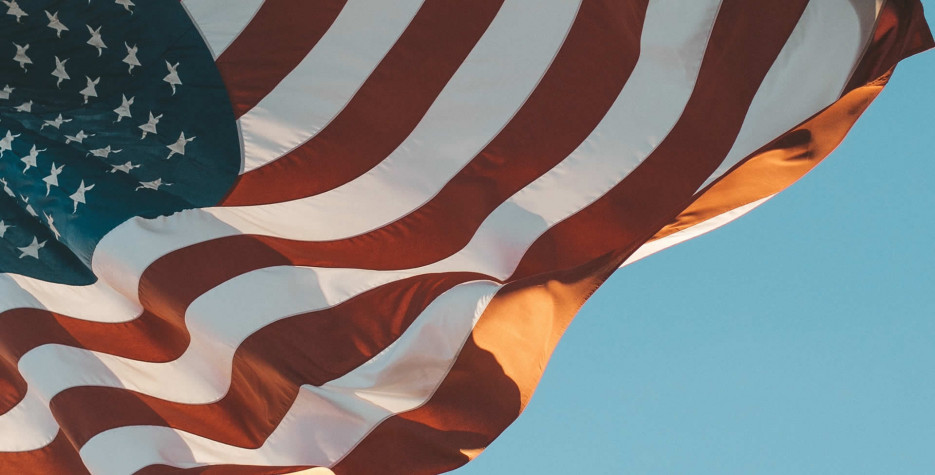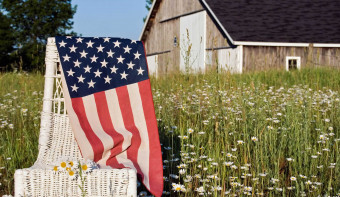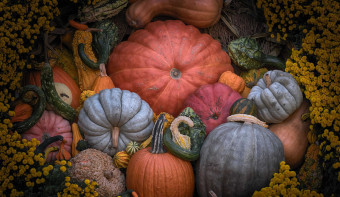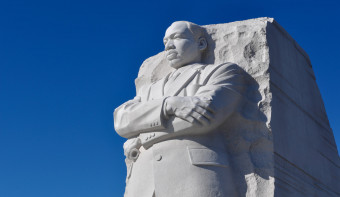About Labor Day
When is Labor Day?
Labor Day, is a legal holiday celebrated on the first Monday in September in the United States, American Samoa, Guam, Puerto Rico, the Canal Zone, and the Virgin Islands.
Canada also celebrates Labour Day on the same day.
In European countries, China and other parts of the world, May Day, the first day in May, is a holiday to celebrate workers and labor unions. Before it became an international workers holiday, May Day was a celebration of spring and the promise of summer.
What Labor Day Means
For most people, Labor Day means two things: a day off and a chance to say goodbye to the summer. But why is it called Labor Day? Labor Day is a day set aside to pay tribute to working men and women. It has been celebrated as a national holiday in the United States and Canada since 1894.
"Labor Day differs in every essential way from the other holidays of the year in any country," said Samuel Gompers, founder and longtime president of the American Federation of Labor. "All other holidays are in a more or less degree connected with conflicts and battles of man's prowess over man, of strife and discord for greed and power, of glories achieved by one nation over another. Labor Day...is devoted to no man, living or dead, to no sect, race, or nation."
Who started Labor Day?
Like most cultural events, there is still some doubt over its origination. Some records show that Peter J. McGuire, general secretary of the Brotherhood of Carpenters and Joiners and a co-founder of the American Federation of Labor, was first in suggesting a day to honor working men and women. But many believe that Matthew Maguire, a machinist, not Peter McGuire, founded the holiday.
Recent research seems to support the contention that Matthew Maguire proposed the holiday in 1882 while serving as secretary of the Central Labor Union in New York. What is clear however is that the Central Labor Union adopted the Labor Day proposal and appointed a committee to plan a demonstration and picnic.
The First Labor Day
The first Labor Day holiday was celebrated on Tuesday, September 5, 1882, in New York City, in accordance with the plans of the Central Labor Union.
In 1884 the first Monday in September was selected as the holiday, and the Central Labor Union urged similar organizations in other cities to follow the example of New York and celebrate a "workingmen's holiday" on that date. The idea spread with the growth of labor organizations, and in 1885 Labor Day was celebrated in many industrial centers of the country.
In the USA, governmental recognition first came through municipal ordinances passed during 1885 and 1886. The first state bill was introduced into the New York legislature, but the first to become law was passed by Oregon on February 21, 1887. By 1894, 23 other states had adopted the holiday in honor of workers, and on June 28 of that year,
Still, it wasn't until the May 1894 strike by employees of the Pullman Palace Car Company and the subsequent deadly violence related to it that President Grover Cleveland suggested making Labor Day a national holiday. On June 28th 1894, as a way of mending fences with workers, he signed an act making the first Monday in September a legal holiday in the District of Columbia and the territories.
There is a tradition of not wearing white after Labor Day. This fashion faux pas dates back to the late Victorian era. The Emily Post Institute explains that white indicated you were still in vacation mode, so naturally when summer ended so did wearing white.
Sources: US Department of Labor, PBS, US Census
Why is Labor Day on a Monday?
Read our blog post on the date of Labor Day or find out in 30 seconds why Labor Day is on the first Monday in September.
Quiz: Labor Day
Now that you are an expert on Labor Day, why not test your newfound knowledge and try our short Labor Day quiz?
Similar Observances
Memorial Day
Read More
Martin Luther King Jr. Day
Read More
Other Observances on September 1st 2025
National Wattle Day
Read More
World Alzheimer's Month
Read More










